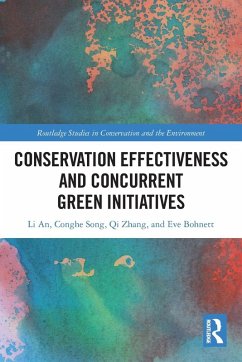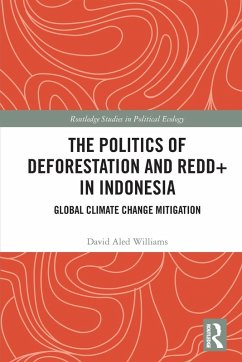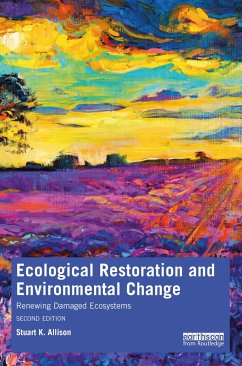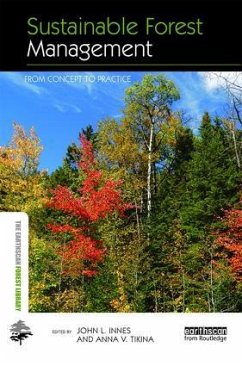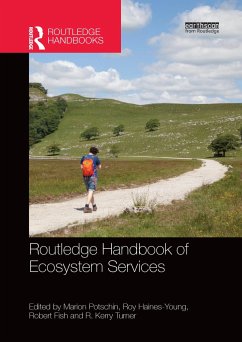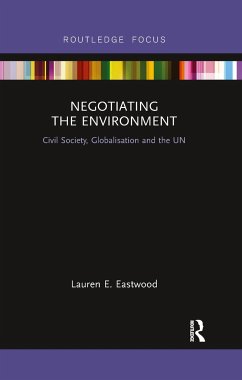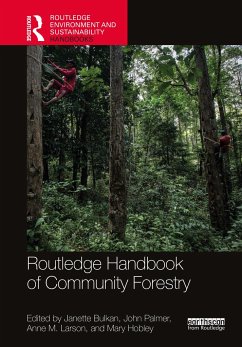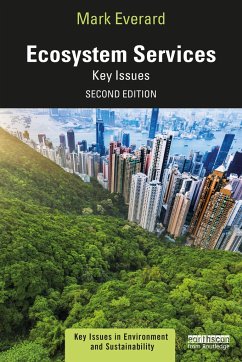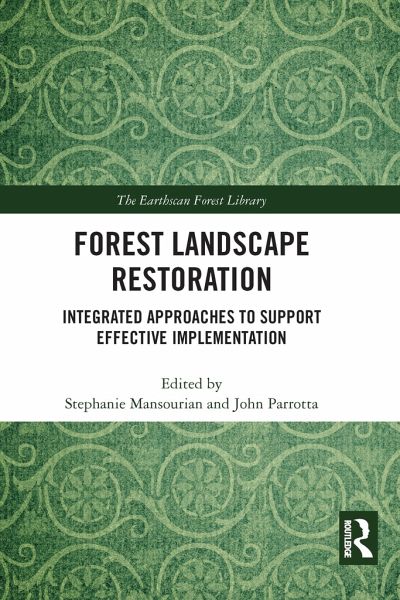
Forest Landscape Restoration
Integrated Approaches to Support Effective Implementation
Herausgegeben: Mansourian, Stephanie; Parrotta, John

PAYBACK Punkte
23 °P sammeln!
Forest landscape restoration (FLR) is a planned process that aims to regain ecological integrity and enhance human wellbeing in deforested or degraded landscapes. The aim of this book is to explore options to better integrate the diverse dimensions - spatial, disciplinary, sectoral, and scientific - of implementing FLR.It demonstrates the value of an integrated and interdisciplinary approach to help implement FLR focusing specifically on four issues: understanding the drivers of forest loss and degradation in the context of interdisciplinary responses for FLR; learning from related integrated ...
Forest landscape restoration (FLR) is a planned process that aims to regain ecological integrity and enhance human wellbeing in deforested or degraded landscapes. The aim of this book is to explore options to better integrate the diverse dimensions - spatial, disciplinary, sectoral, and scientific - of implementing FLR.
It demonstrates the value of an integrated and interdisciplinary approach to help implement FLR focusing specifically on four issues: understanding the drivers of forest loss and degradation in the context of interdisciplinary responses for FLR; learning from related integrated approaches; governance issues related to FLR as an integrated process; and the management, creation and use of different sources of knowledge in FLR implementation. The emphasis is on recognising the need to take human and institutional factors into consideration, as well as the more obvious biophysical factors. A key aim is to advance and accelerate the practice of FLR, given its importance, particularly in a world facing increasing environmental challenges, notably from climate change.
The first section of the book presents the issue from an analytical and problem-orientated viewpoint, while later sections focus on solutions. It will interest researchers and professionals in forestry, ecology, geography, environmental governance and landscape studies.
It demonstrates the value of an integrated and interdisciplinary approach to help implement FLR focusing specifically on four issues: understanding the drivers of forest loss and degradation in the context of interdisciplinary responses for FLR; learning from related integrated approaches; governance issues related to FLR as an integrated process; and the management, creation and use of different sources of knowledge in FLR implementation. The emphasis is on recognising the need to take human and institutional factors into consideration, as well as the more obvious biophysical factors. A key aim is to advance and accelerate the practice of FLR, given its importance, particularly in a world facing increasing environmental challenges, notably from climate change.
The first section of the book presents the issue from an analytical and problem-orientated viewpoint, while later sections focus on solutions. It will interest researchers and professionals in forestry, ecology, geography, environmental governance and landscape studies.





